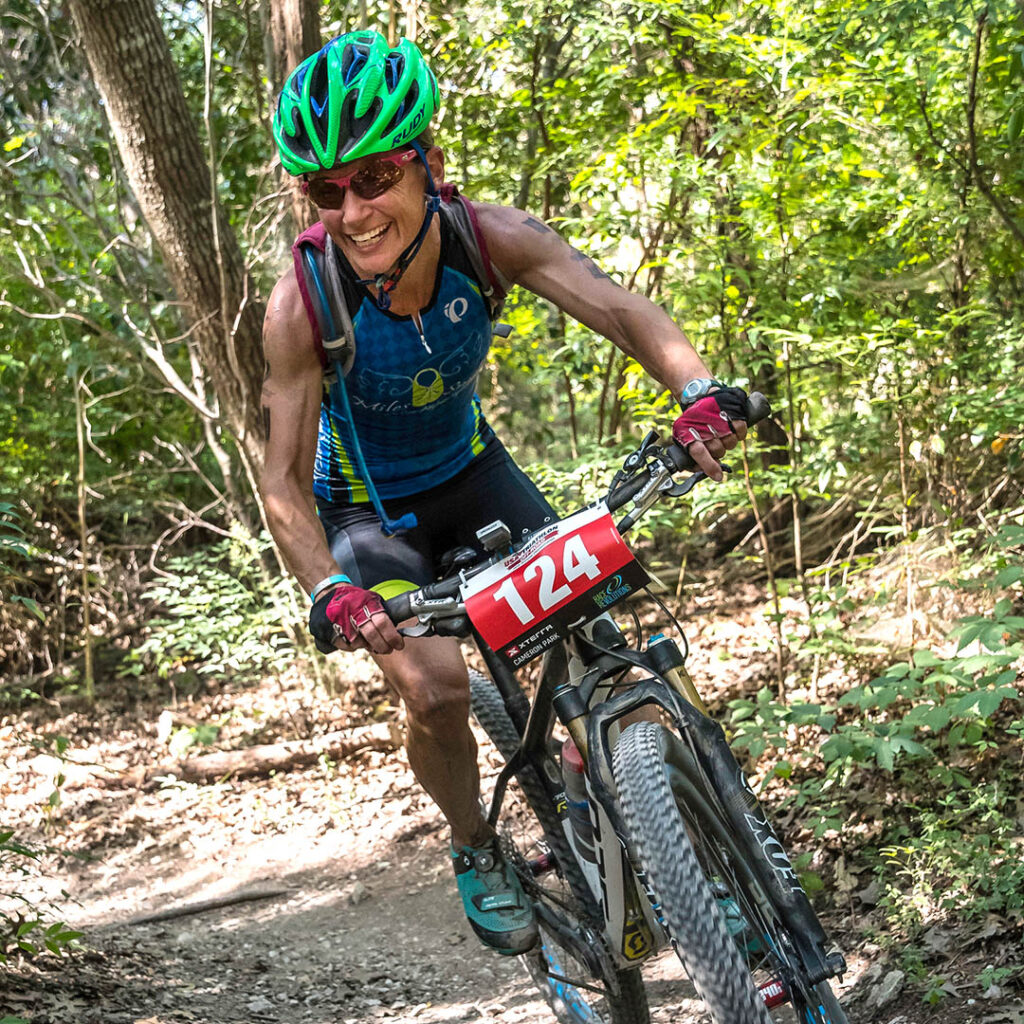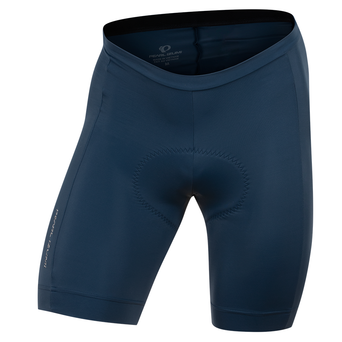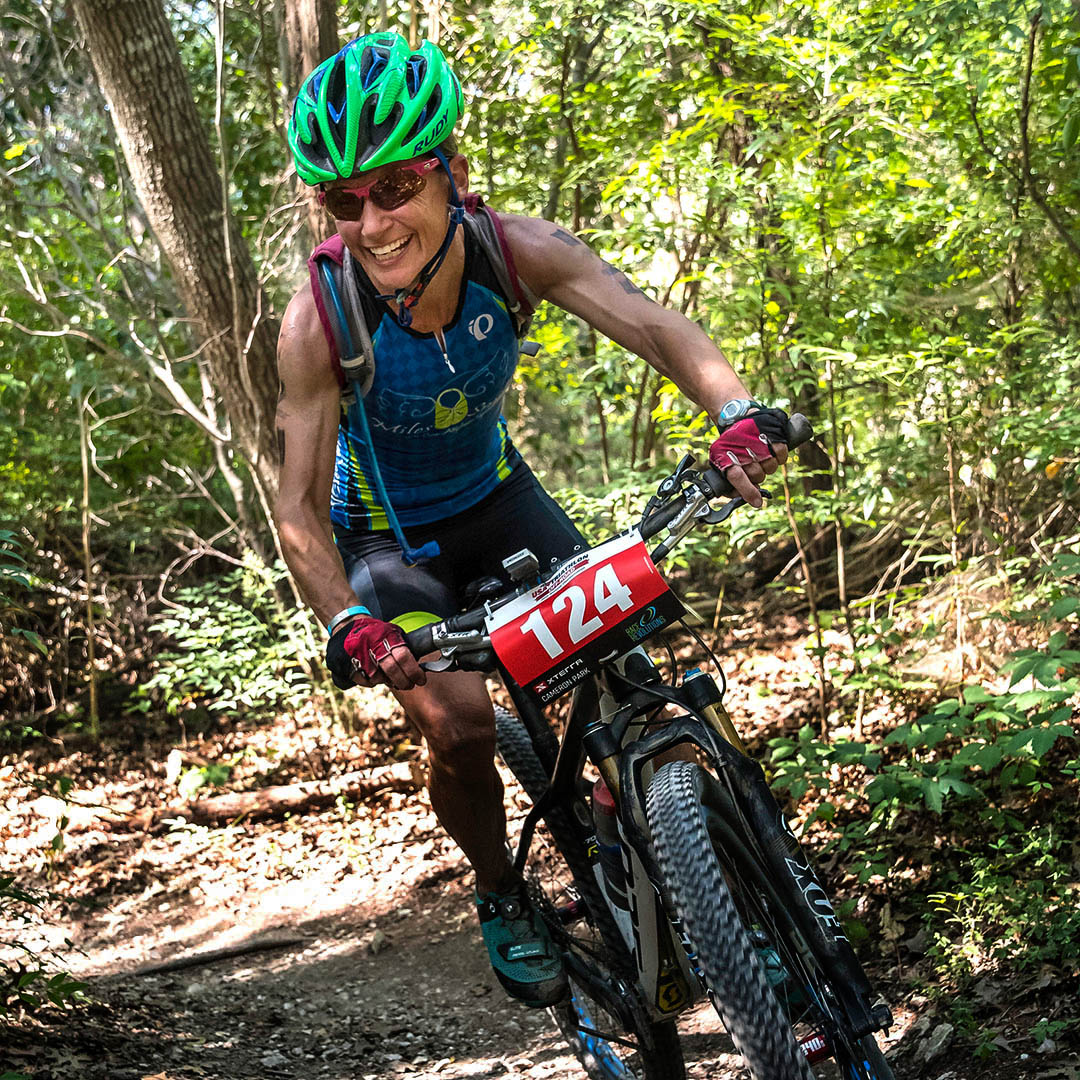Have you ever noticed how almost every aspect of our lives is calculated from the moment our alarm clocks sound at o’dark early to when we finally put our heads on our pillows and turn out the lights to wearily drift off to sleep after a long day of work, family, training, and running errands around town? I keep reading reports about how schools are cutting classes like recess and PE to fit in more instructional time; the goal being to make children more competitive academically with the rest of the world. The CDC recommends elementary aged children receive a minimum of 150 minutes of physical education per week (30 min per day) in school and a total of 60 minutes/day of exercise activity. The emphasis in schools has shifted to test scores, STEM and gifted-talented programs, being the top student at the top schools to better prepare kids for the pressures of the “real world”… but is it working? According to a study published in the Journal of Health Economics, 32.6% of children age 6-11 are considered overweight. Obesity can lead to increased risk of diabetes, cardiovascular disease, increased stress, and depression.
While a lack of physical activity in children and adults has reached an all-time high, so has stress and depression. According to an article published in “Psychology Today” taken from Mel Schwartz’s book “The Possibility Principle: How Quantum Physics Can Improve the Way you Think, Live, and Love” our highly competitive cultural values are largely to blame. We live in a culture where happiness is perceived to be directly correlated to achievement in work, in status, and in results. In the athletic endurance sports world, many individuals associate identity and worth with training numbers and racing results, over-analyzing and micromanaging every aspect of their lives from every gram of food they ingest on a daily basis to a specific weight of a bike to watts per kilogram of weight and pace per mile. While measurables such as power, heart rate, and food intake are important for training to achieve goals, when the details become all-consuming, instead of finding joy in sport- an activity that people initially got into to add to their life experiences, many become trapped in a spiral of seeking stress relief through exercise, but ultimately creating more stress because of their perception of the purpose of the workout and outcomes of a race.
As the article suggests, people themselves aren’t dysfunctional, but we live in a society whose emphasis on results and being the best creates a dysfunctional mindset. The constant focus on data-driven results can alienate an individual from connecting with others. Without connections, often times passion declines and a person can begin to feel lost, questioning why he or she is even doing what they do. Without passion and ultimately a greater purpose, depression can creep in. Human beings are not robots. We cannot measure every detail of our lives from the moment we wake up in the morning to we go to sleep at night. Eventually, the over-analysis of every detail can take a toll on the body and the mind.


How can we prevent symptoms of over-stress and depression from creeping into our lives, especially when a sport like triathlon, which is supposed to be a healthy outlet, can breed such a mentality? I believe there are three ways we as runners, cyclists, and triathletes can not only help change the dysfunctional mentality in our sport but also help us as individuals thrive in doing what we love.
1. Find your “Why”
I believe finding one’s “why” is the key to success in the sport. I have a daughter with significant special needs. Before my daughter’s birth, I would run races on weekends, often struggling mentally during the race once the legs started burning. I would find myself giving in to the inner voice that pleaded with me to slow down. My daughter and so many others with debilitating conditions have opened my eyes to how fortunate we are to be able to push our bodies and see what they are capable of doing. Now during a race or even a really hard workout, I remind myself that I don’t have to do this, I get to do this. Those words become my mantra to push through the pain. There are so many people in this world who wish they had the opportunity to use their arms and legs to swim, bike or run but can’t. I am so lucky I get to race for them and for me. Each person has their own “why” behind everything they do. It’s what gets an individual out of bed in the morning to go to work, to train, to exist. Identifying one’s “why” is key to lighting the fire within and reminding them of the bigger picture outside of all of the data and results on the good days and bad.


2. Surround yourself with a supportive community
The acronym T.E.A.M. -Together Everyone Achieves More – printed on the back of many high school cross country teams’ shirts really has significant meaning to the success of the team. If you go to a cross country meet and watch the race unfold, often it is not the school that has a few standout runners that win the meet, but the team that is bunched together racing through the miles in stride who ultimately wins overall as a team. The runners take turns leading, encouraging their teammates to stay together and push the pace.
A similar strategy works when Canada Geese fly in a V-pattern, alternating which goose takes the helm, pushing headfirst into the wind while the rest of the flock drafts. If a goose is injured or can’t keep up, a couple of geese drop back to fly with the slower goose and bring it back up to the pack. (insert corny joke: Ever wonder why when a flock of Canada Geese fly overhead one side of the V is longer than the other? Answer: There are more geese on that side!)
As adults, it is often challenging to find a team to support and encourage. Our days are packed with work, bills and shuttling kids to and from school and activities. We lead busy lives, but often feel alienated and alone. After I had my daughter with special needs, I felt even more alienated than before. Instead of connecting with other moms at playgroups or at the ball fields, I spent my afternoons in the waiting rooms of doctor offices and therapy clinics. I reached out to a foundation that provides resources and advocacy for my daughter’s condition and they connected with me with another mom who told me in our first phone conversation that “this is just how it is and is going to be with our kids and our lives.” Needless to say, I hung up the phone and didn’t reach out to her again. I started thinking “why does life have to be this way, not only for our kids but for all of us?” I would spend hours running on the wooded trails by my home (more on that in a moment), thinking there had to be more to life. I love my daughter and will fight tooth and nail for her, but I was not made to sit at home and wallow in my own misery of the life I have compared to the life I hoped for.
A good runner friend of mine was putting on a trail race not far from our home, so I signed up to do it. After all, before kids, I was a runner. I used trail running as my mental therapy escape, so why not jump into a race? That race was pivotal in changing not only my mental state but the direction of my life. I connected with so many people that day before, during and after the race, people who shared the same love of the outdoors, of setting goals and pushing oneself out of their comfort zone to achieve them. Soon after, I signed up for an XTERRA trail run race put on by Dirty Spokes Productions, a race directing company based out of Georgia. Dirty Spokes Productions, lead by Tim Shroer and his family, have created not only incredibly well organized, fun races, but they have created such positive energy and atmosphere around their races. Week after week, the same volunteers appear in the wee hours of the morning no matter what the weather to greet anxious racers with a smile and a hug. Tim himself high-fives every finisher when they cross the finish line. XTERRA calls this feeling “ohana” after their Hawaiian roots, an extended family of like-minded people who embrace life, others, and share a philosophy of not just existing day to day, but truly living more.
I ventured into XTERRA triathlon soon after and discovered that same sense of community existed in the multisport discipline as it did amongst trail runners. Granted, when the start gun goes off, a battle ensues just as it does for road triathlon, but there was something special about XTERRA racers I noticed… if an athlete is struggling on the course, whether from mechanical issues with the bike, a fall or suffering cramping, or just mentally struggling trying to get up a long steep hill on the run, other athletes stop to ask if he needs help, make sure he/she is okay, or give a pat on the back and encouraging word to help motivate. These athletes are part of a Tribe that races against but works together for a greater goal – to get everyone to the finish line.
While racing is one thing, finding a community that supports, encourages and lifts you up is even more important. It may be being part of a church group, a ladies night out or book club, or surrounding yourself and getting involved with a group of like-minded athletes like Angela Naeth’s IRACELIKEAGIRL multisport team.
Life, just like training, is not always easy. Life alone is even harder. But if we have people in our lives who help build us up, believe in us when we are struggling to believe in ourselves, give us a hug or pat on the back, we will climb our mountains and cross our finish lines. Not only will we accomplish our goals, but together, everyone will achieve so much more.

“Of all the paths you take in life, make sure a few of them are dirt.”
-John Muir
3. Open your eyes and escape to the outdoors
Upon being asked why she is venturing into trail racing after years of success on the road, Kara Goucher recently told Runner’s World that “now (she) wants to get back into nature a little bit more. (She) grew up getting lost in the forest and coming back muddy and dirty. That’s when (she) fell in love with running.” There truly is something ethereal about being out in the woods, disconnected from technology and the rest of the world. Often it is there where we reconnect with nature and rediscover ourselves. As John Muir, the American naturalist and father of the natural parks, stated, “and into the forest I go, to lose my mind and find my soul.”
This past winter has been challenging for training out here in Colorado. We have had an exceptionally cold, snowy winter, where most weeks it will snow for a few days, then warm up slightly, allowing the snow to begin to melt and refreeze again overnight, then just as it is dissipating, the next snow storm will roll into the town. The trails, for the most part, have been a mess of snow, ankle-twisting icy potholes where people have tried to hike on warmer days, and thick, sticky mud. Much of my training has been spent on the bike trainer or dodging ice on the roads, cranking up my 80’s greatest hits to distract the mind and push me through a session. While I have gotten good, controlled, quality workouts, focusing on power intervals on the bike with my power meter, and pace and cadence on the run, I have found myself often frustrated, not during the workout, but throughout my day at little things that should be less significant.
I miss the trails- the sound of feet crunching over the dirt and fallen leaves, the smell of damp wood or the pines, or a trickling brook cascading over rocks, created from the snowmelt. I miss the sound of my breath, loud and gasping as I push myself up a long climb, pretty sure I am not staying at Zone 2 or 3 for the workout, but rather hitting Zone 10–if a zone of that magnitude existed. There is something incredibly satisfying about battling not only the mountain and reaching the top, but in quieting the voice in the head that is begging to turn around and take the easy way back down the trail. I find that when I run or bike on the dirt, I have to be 100% present in the moment, watching where I place my foot or anticipating a gear change or navigating a technical portion of trail ahead. I tune out, but am in tune, with the world around me. My heart, brain and soul are connected in the moment whereas when I am on the trainer or even the roads, I am doing everything I can to distract the mind, be on edge and wary of cars on the road- sometimes sending my heart into anxious palpitations, and execute a workout according to a plan. When I get back outside I fall in love with running and biking and ultimately myself again.
I know for many the thought of venturing off-road in training and racing makes them incredibly uneasy. The fear of rolling an ankle, flying over the handlebars off a bike and into a tree, or even getting lost in the woods and attacked by a bear (I’ve had those dreams too!), has them saying “no way.”
Hopefully, over the next few months, I can help quiet some of those fears and share a little insight from learning the hard way as to how to not only become more comfortable running and riding off-road but also the joy and sense of accomplishment that can be felt from spending time playing in the dirt. Be on the lookout in the IRACELIKEAGIRL blog for “Tips from the Trail” this season and occasionally here. It is sure to be an adventure in the making!


Get the IRACELIKEAGIRL Cycling Kit
A special collaboration with Angela Naeth & IRACELIKEAGIRL
The group’s goal is to highlight what it means to be a woman and race like only a girl can race.






Comments